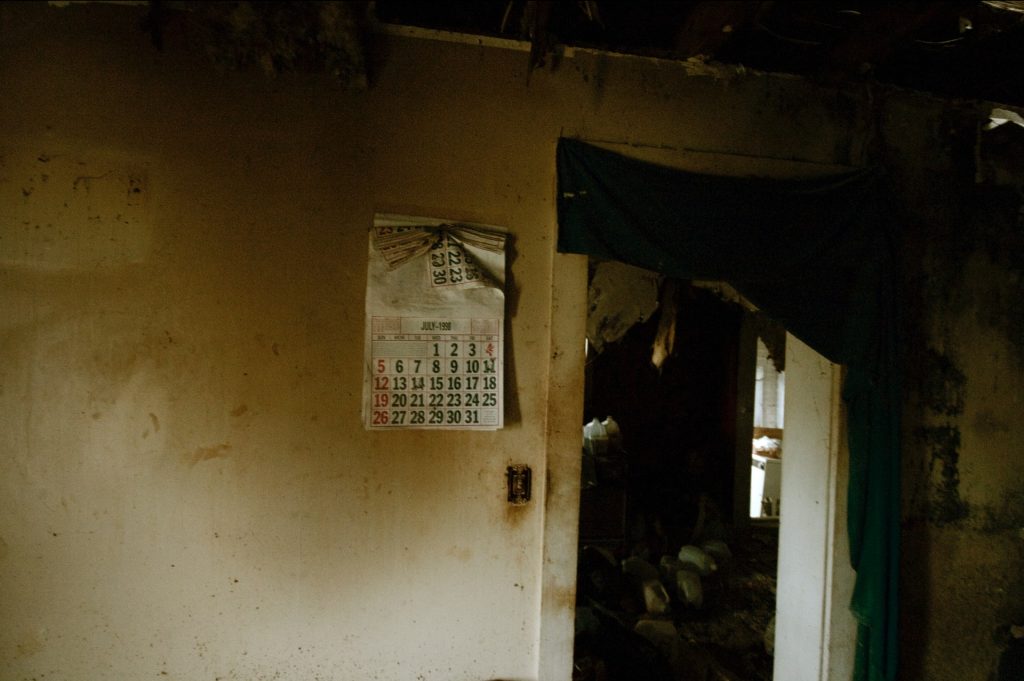Water damage can be one of your home or business’s most destructive and costly events. Left untreated, it can cause severe structural damage and create a breeding ground for dangerous mold and bacteria.
Fortunately, if you’re experiencing water damage, there are many ways to restore and repair the affected areas. In this article, we’ll provide an overview of water damage restoration and repair to help you get started on the path to restoring your property.
What Exactly is Water Damage?
Water damage is the destruction caused by water penetrating materials or structures where it can cause decay, mold, rust, and other forms of deterioration. It can also be caused by flooding, leaking pipes, broken appliances, storms, and poor drainage.
In some cases, water damage can occur slowly over time, resulting in considerable damage before it is noticed. Regardless of the source of the water intrusion, its effects can be extensive and costly.
What Are the Types of Water Damage?
Surface Water Damage
This occurs when water pools on surfaces like floors and carpets. Over time, excess moisture from standing water can cause wood rot, warping of flooring materials, and discoloration of fabric or wallpaper.
Structural Damage
Sometimes called “hidden” water damage, structural damage is often caused by plumbing or roof leaks that remain undetected for long periods. These leaks can cause significant weakening of load-bearing walls and ceilings, leading to cracking and collapse.
Groundwater Damage
Flooding caused by heavy rains or snow melting too quickly can cause groundwater to seep into basements and other areas of your home. In addition to damaging furniture and other belongings, groundwater can cause mold growth and unpleasant smells.
What Are the Ways to Restore and Repair Water Damage?
Water damage can be a massive problem for any property, causing an abundance of damage to the structure and contents of your property. Identifying the source of water damage and taking steps to restore and repair the damage as soon as possible is essential. Here are some ways to restore and repair water damage:
1. Stop the Source of Water
The first step to restoring and repairing water damage is to stop the source of the water. To do this, you will need to identify where the water is coming from and stop it. This could involve turning off valves, plugging drains, or sealing leaks.
2. Remove Standing Water
Removing standing water as quickly as possible is essential to minimize structural damage and reduce the chances of mold growth. Any standing water can be removed immediately using pumps and wet vacuums.
3. Dry Out Affected Areas
After removing standing water, you should dry out all affected areas using dehumidifiers and fans. This will help evaporate any remaining moisture and prevent mold growth.
4. Clean and Sanitize Surfaces
Once all the moisture is gone from the area, it’s essential to clean and sanitize all surfaces damaged by the water. Use bleach and detergents on hard surfaces, such as countertops and floors, to help kill any bacteria or germs that may have been present in the water.
Conclusion
Water damage restoration is an essential topic for people to understand, as it can help them protect their homes and belongings from extensive damage in the event of water related damage. Not only does it involve knowledge of the specific steps involved in restoring a home to its pre-loss condition, but it also requires addressing safety and health issues.
If you need water damage restoration and remodeling in Homewood, AL, to save you the hassle, BMR Homes is here for you! We use the latest equipment and the most up-to-date knowledge to handle even the most challenging projects. Contact us immediately!

